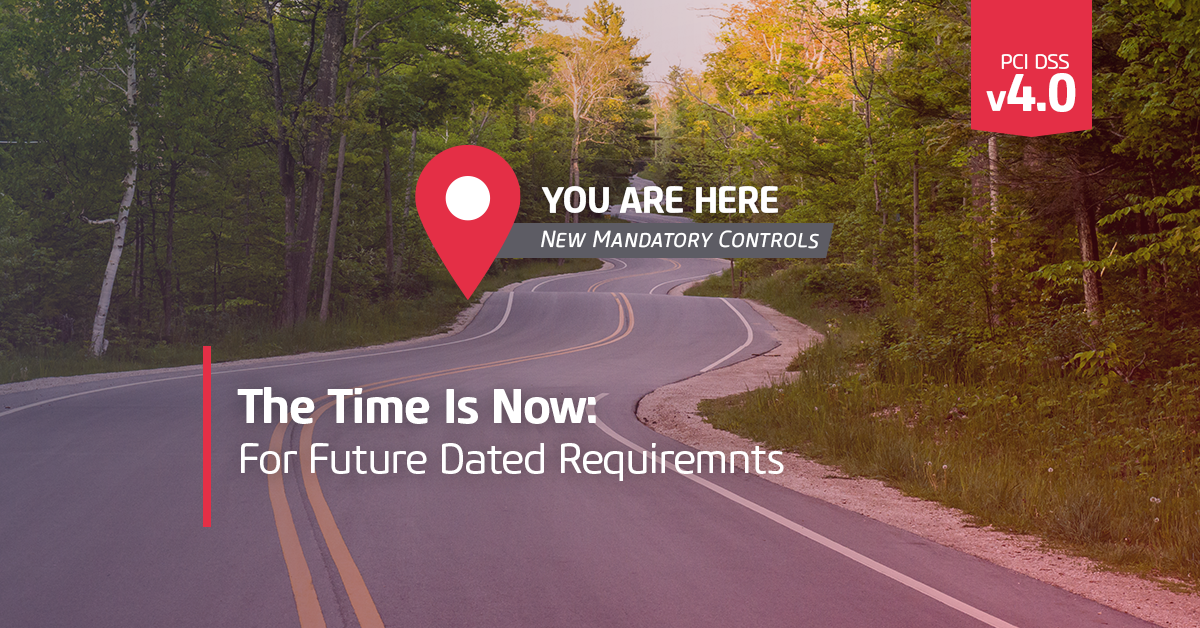For many organizations, modernization isn’t about making a massive leap overnight - it’s about taking intentional, well-structured steps forward. A phased approach balances the need for innovation with operational stability, ensuring businesses can evolve without disruption.
This post outlines how organizations can modernize strategically - starting with foundational upgrades, integrating new technologies thoughtfully, and ultimately embedding innovation into their operations.
Over the last 30 years I have worked with numerous clients that kick off initiatives to modernize their operations, only to find them very unhappy with their progress and results 6 months later. I have observed that too often, organizations focus on quick fixes, like-for-like replacements, or isolated upgrades instead of rethinking their approach holistically.
The result?
New systems that don’t solve old problems, modern-looking tools that fail to drive agility, and investments that don’t deliver long-term value.
Why Phased Modernization Works
"Taking a phased approach means modernizing with purpose."
Instead of a costly, high-risk overhaul, organizations can make targeted improvements that align with business goals, available resources, and risk tolerance.
By moving in phases, companies can:
- Maintain business continuity while upgrading systems
- Manage costs effectively and scale efforts when needed
- Introduce technology in a controlled, measurable way
- Reduce risks associated with sweeping transformations
When done right, phased modernization creates a future-ready organization—agile, competitive, and built for long-term success.
The Roadmap to Phased
Modernization
A step-by-step approach ensures modernization delivers real value at every stage.
Here’s a practical roadmap for achieving a successful, phased transformation:

PHASE 1: Before making big changes, organizations need a stable foundation. This starts with replacing outdated infrastructure and ensuring core systems are secure, efficient, and ready to support future advancements.
Key Considerations:
- Move legacy applications to cloud or hybrid infrastructure to enhance security, scalability, and cost-efficiency.
- Upgrade operating systems and core software to reduce vulnerabilities and improve compatibility.
- Address compliance and data protection requirements to align with industry standards.

PHASE 2: Once the foundation is solid, organizations can introduce greater flexibility by moving away from monolithic systems and adopting modular, scalable solutions.
Key Considerations:
- Adopt microservices architecture for independent scalability and performance improvements.
- Implement an API-first approach to enable seamless integration between legacy and modern systems .
- Use automation tools for testing, deployment, and monitoring to streamline operations.

PHASE 3: With a flexible architecture in place, organizations can now implement advanced technologies that support long-term business goals.
Key Considerations:
- Deploy containerization (e.g., Kubernetes) for consistent and scalable application management.
- Leverage AI and advanced analytics to gain insights, optimize workflows, and automate processes.
- Enhance customer experience with modern tools like digital self-service platforms and AI-driven personalization.

PHASE 4: Technology never stops evolving, and neither should businesses. The final phase is about building a culture of continuous improvement to stay ahead of industry shifts.
Key Considerations:
- Foster a DevOps culture to enable rapid, low-risk updates and optimizations.
- Champion a digital-first mindset, ensuring technology is embedded into every aspect of the business.
- Establish regular feedback loops with employees, customers, and stakeholders to refine and improve modernization efforts.
Balancing Innovation and Practicality
A phased approach to modernization ensures businesses move forward with clarity and confidence. To make this strategy work, companies should:
- Align modernization efforts with business priorities by focusing on upgrades that support strategic goals.
- Invest in employee training and change management to ensure teams are equipped to adopt and maximize new tools.
- Set clear milestones and success metrics to track progress and adjust as needed.

The Bottom Line
Modernization doesn’t have to be overwhelming. By taking a phased, strategic approach, organizations can upgrade technology, strengthen operations, and embrace innovation
-without unnecessary risk.
This approach provides the flexibility to move at the right pace, ensuring each phase builds on the last. The result is a business that is not just modernized but prepared for whatever comes next.
To truly harness the power of digital technologies and ensure long-term success,
a well-crafted digital strategy & roadmap is essential. Be sure to check out:
"Why Your Organization Needs a Digital Strategy & Roadmap now More Than Ever!"
About the Author

With almost thirty years of experience in the IT industry, Duane Colley is a Sr. Solution Architect specializing in the definition and delivery of adaptable, quality systems. Highly analytical, Duane leverages his experience to ensure that technology solutions effectively meet client’s business needs. Duane has experience in the Health, Telecommunications, Agribusiness, Government, Energy and Manufacturing industries.





Submit a Comment